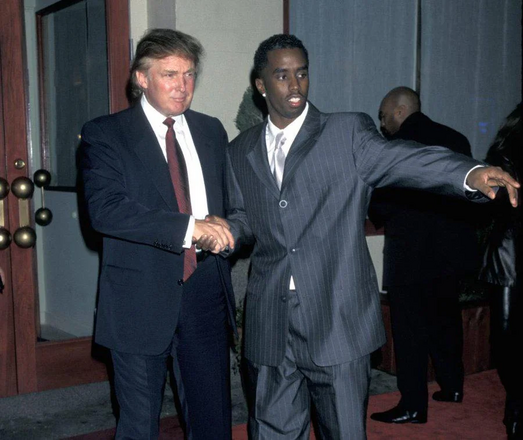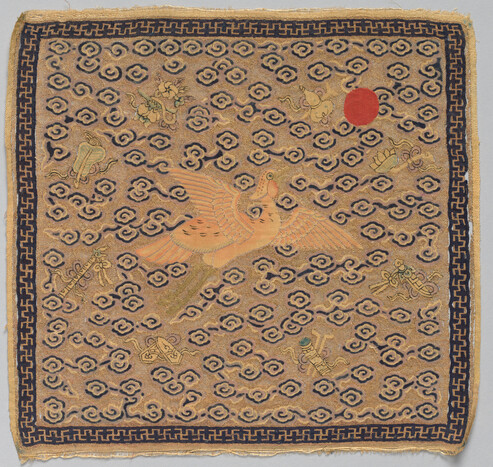Growing up
#workingclass who were also very
#anti-materialist evangelical Christians, We always view "
#statussymbols " as vain and shallow and looked on people who spent a lot on their clothes and such as dumb because they cared more about what was on the outside than about the inside. I took me most of my life to figure this out as a yes...but... there is a very practical reason for status symbols and it comes down to
#networking in your
#career . If you display a certain
#class and
#status , people are more likely to grant you favors, especially connection related favors, so that you owe then so you can pay them back. If you display low status like I do, you will be perceived as less valuable in terms of networking potentials. Therefore you are not treated as well. This makes breaking in to good jobs and careers that much harder. It connects that through line of "its not about what you know its who you know." As a person on the spectrum, this sounds like an absolutely horrifying way to live. Viewing other people and your relationships as transactional, and treating those people who can bring you financial benefit better than people who cannot sounds like a terrible way to find happiness. But its a great way to find financial security, so as this point in my life i kind of wished I'd known to play the game a little more. I am much less likely to want to be around these kind of people, they make me uncomfortable because they feel untrustworthy.
My perosnal relationships are so much better than theirs but they are much more financially secure than I am, or they are terrible with money and deep in debt to chase that next status item they have to buy as quickly as market and fashion trends shift.
Keeping up with the Jones had a truly practical purpose as terrible as it is. It also shapes your world view about how you treat people, ranking them based on how likely you need them to like you and want to return a favor. Meaning you treat the paid staff, and hospitality workers like garbage because they can do literally nothing for you career wise, even though they work harder and can created deeper connections than anyone you are trying to toady up to. Wealth even middle/upper middle class wealth requires a disconnect from genuine people.
#Wealth is the great divider.



